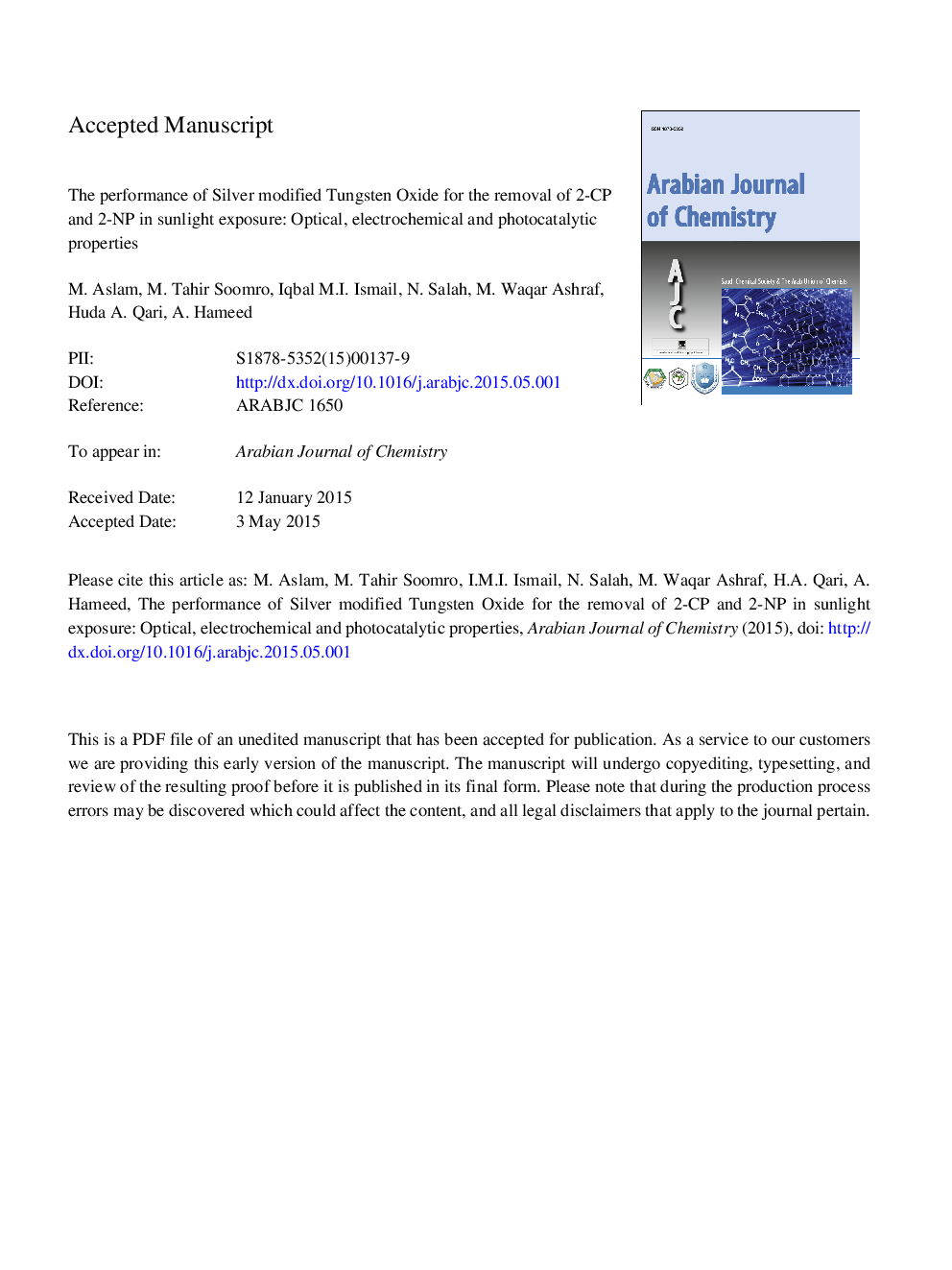| Article ID | Journal | Published Year | Pages | File Type |
|---|---|---|---|---|
| 6583643 | Chemical Engineering Journal | 2016 | 36 Pages |
Abstract
Phenols are typical aromatic pollutants and major byproducts of non-catalytic gasification and liquefaction processes. In this work, Ru/CeO2 was prepared and used to catalyze phenol gasification in supercritical water. The catalyst improves carbon efficiency by about 90% at the conditions employed: 0.5 g Ru/CeO2/g phenol catalyst loading at 550 °C with a water density of 0.0979 g/cm3 and a 5 wt% loading of phenol relative to water. This represents a more than 10-fold enhancement of carbon efficiency compared to the noncatalytic case, with CH4 as the major gaseous product. GC-MS results show suppressed formation of dimers, such as dibenzofuran and polycyclic aromatic hydrocarbons (PAHs), which may be caused by the hydrogenation activity of Ru/CeO2. Kinetic modeling of the gasification process gives an activation energy of 84.24 ± 22 kJ/mol and an frequency factor (ln A) of 12.5 ± 2.9 for gaseous product formation, compared to 60 ± 17 kJ/mol and 7.53 ± 2.7 for char formation. Ru/CeO2 is stable in supercritical water at temperatures up to 550 °C, suggesting that a Ru/CeO2 supercritical water gasification system may be a promising method for treating phenols.
Related Topics
Physical Sciences and Engineering
Chemical Engineering
Chemical Engineering (General)
Authors
Qingqing Guan, Xiaodian Huang, Jing Liu, Junjie Gu, Rongrong Miao, Qiuling Chen, Ping Ning,
